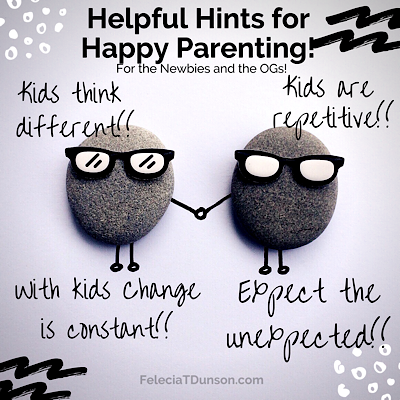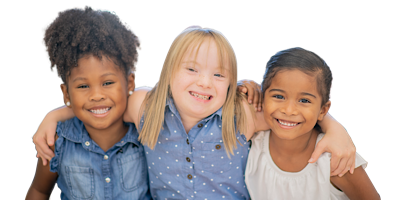Prompts that promote empathy, curiosity and reframe the focus from difference to uniqueness.
If you’re anything like me, your children are learning and growing so fast it’s hard to keep up with what they know and what they don’t know. In fact, it may even be hard to tell when they do or don’t listen to you, and you don’t know what they’ll say next. You don’t know what they take in or what they ignore.
That is until you’re out and about, going your merry way and your child loudly exclaims an observation of someone who looks different? For example “Mommy look that man only has one leg!” or “ Why is that girls skin so dirty?” Are you with me? Ever felt stuck, speechless, stammering or embarrassed when faced with this eventuality? I mean the bright side is, they’ve been listening, watching and observing all along. But, what now? Well, I’ve got something for you! Here are 10 responses to share when your child points out diversity.

These 10 responses for when your child points out diversity are framed to help you teach them to be more empathetic when making observations of difference, how to be more polite with their observations and to continue sharing and asking questions. The more discussion you have with your child in the moment the better they will integrate empathy and acceptance with curiosity.
1. Great detection skills. This is your first time observing a person _______ which is different from you. It is exciting to learn something new about people. What does it mean?
2. That’s amazing that you noticed how that person is unique from you. We are all unique from each other. How are you unique from them?
3. What a wonderful observation. What’s a benefit to being ______ like that person? What could be hard about being ______? Have you ever experienced anything like that?
4. Thank you for watching your environment and asking questions. When we make observations about people we need to use kind words like _______ instead of ______. Remember being different is good. We are all different in our own way.
5. Are you playing eye spy? You are so good! We have an opportunity to meet a new person. Would you like to introduce yourself and and ask them about _______?
Remember to model these prosocial interactions for your child by interacting with diverse individuals around them.
6. It is so great that you are using your brain to pay attention today. It’s okay to have questions about people who seem different to you, but instead of pointing we should use words to describe them and voice our questions.
7. Did you see something ______ with that person? I noticed how you (turned away, ran away, looked away,…) Is it okay to treat someone impolitely because of their appearance? Would you want to be treated rudely because of how you look? How can we be more kind?
8. You noticed that person looks different to you. How do they look the same? Is there more that’s different or more that’s the same. Isn’t it interesting to see people who don’t all look the same. We are so lucky!
9. You are so observant today. Yes that person’s ______ is different, but they have (do, etc) _______ just like you. Most people are a little bit different but mostly the same, just like snowflakes.
10. It’s true that they have _______ and that looks different, but looking different is not bad or dangerous. Can you think of three ways you might look different from (family member)? Yes, and being unique does not make you or (family member) bad or dangerous.

Hints to help with implementation:
These phrases are a framework for you to use to cater the language to the age, cognitive development, social development and language development of your child. The younger the child the more succinct and direct the language should be.
Children will take their cues from what you say AND what you DO! If your body language, behavior or facial expressions are contradicting the message in your words they are likely to follow your behavior. If you had an initial reaction to a person of diversity, your child noticed, and you must be open with your child about that and how you plan to improve.
Remember that a child’s attention span is fast so the biggest impact will be in the moment when the interaction occurs. Try to use these phrases immediately!
Be prepared to continue talking about the subject in small spurts until your child has processed the information. With ambiguous topics children may need time to integrate your teachings with their observations and other information they’ve already ingested. Just a heads up, the topic may reappear several times. This is a good sign that your child is actively processing your conversations and experiences. Way to go you!
A note on infants and diversity:
Although your baby will not call out diversity with words babies will communicate unfamiliarity by staring, pointing or emotional distress. When they feel safe, babies want to explore people (especially other babies) who look different from them. It is one of the earliest methods of learning (sensorimotor).
Therefore, while your baby is touching, grabbing, reaching, trying to mouth whomever they are meeting you may narrate their observations using these scripts with age appropriate language.
For example: “You noticed that baby Joey’s hair feels different than Mommy’s and Daddy’s. Thank you for using a gentle touch with friends. His hair is soft and curly. It is also dark brown. Mommy’s hair is light brown. It is so nice to meet and learn about new friends.”
This will help with language development, social development and cognitive development. And they will learn to associate this diversity centric framework of empathic curiosity with meeting new and unique people in the future.





I have been checking out a few of your articles and i must say pretty nice stuff. I will surely bookmark your website. Ilise Harland Audry
Thank you for your comment and for subscribing to the blog. I hope you continue finding helpful information here.
I am extremely impressed with your writing skills as well as with the layout
on your weblog. Is this a paid theme or did you customize it
yourself? Anyway keep up the nice quality writing, it’s rare to see a great blog like this one nowadays.
It is truly a great and useful piece of info. I’m glad that you just shared this useful information with us. Please keep us informed like this. Thanks for sharing.
I gotta bookmark this internet site it seems invaluable handy
Oh my goodness! a tremendous article dude. Thanks Nonetheless I’m experiencing difficulty with ur rss . Don’t know why Unable to subscribe to it. Is there anybody getting identical rss problem? Anyone who knows kindly respond. Thnkx